Are gravel bikes good for commuting?
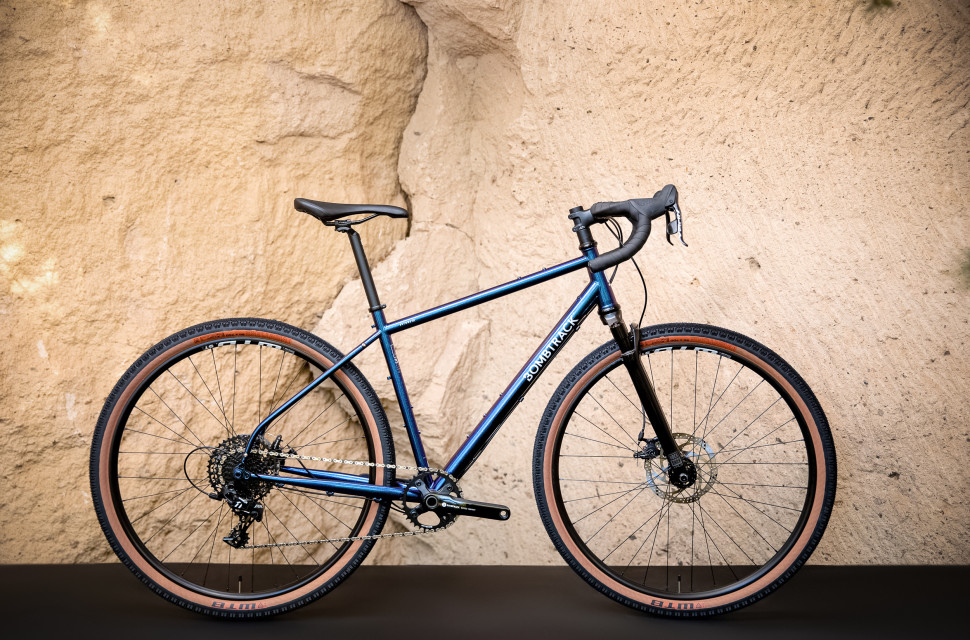
All off-road riders dream of a bike room at home, adorned with iconic mountain biking posters and event medals on the walls, with several bikes parked side-by-side in a corner. But life happens. And not everyone can afford or maintain a fleet of mountain and gravel bikes. If you are on a budget and are an active commuter, dual-purpose bikes become an important consideration.
- Gravel bike vs mountain bike: what are the differences?
- Gravel bike racing – everything you need to know
- What is a gravel bike?
With so many product niches in cycling, there is a valid question as to whether a dual- or multipurpose off-road bike can exist. Nobody wants to ride a compromised bike but there is an argument that gravel bikes, as they have evolved over the past few years, offer a compelling solution to the dual-purpose problem of having one bike for off-road riding and commuting.
Lighter than a mountain bike
On a commute, efficiency rules. You want to ride the lightest, most efficient bike possible. Arriving at the office with signs of exhaustion can be awkward.
Another reason why your commuter bike should be lightweight is portability. Carrying a heavy bike upstairs to the office (or your apartment) can become a burden with overbuilt off-road frames, like trail or enduro mountain bikes. Gravel bikes make much more sense for active commuting than mountain bikes – because they are lighter to ride and carry.
Mountain bikes are heavier than gravel bikes by virtue of design requirements. Gravel bikes need to roll smooth singletrack, at worse, or some corrugated dirt roads. Drops, jumps, and severe rock gardens are a typical trail rider’s terrain test for mountain bikes, and that’s why they feature oversized tubes and larger tyres, to deal with all those impacts, which makes them heavier.
It’s expensive to acquire a mountain bike that is sub-12kg, but many affordable gravel bikes, are easily below 11kg.
Gravel bike tyres can go anywhere
For a dual-purpose active commuting bike, you want tyres which roll with reasonable efficiency, that offer adequate traction when cornering or braking in adverse weather conditions.
Gravel bike tyres have grown much larger during the last few seasons, as gravel bike events route over more challenging off-road terrain and frame clearances have expanded. Where 700 x 40c was once considered a big gravel bike tyre, many bikes now have clearance for 700 x 47c rubber – and those tyres work a treat on a rainy commute without slowing you down too much.
These larger volume gravel tyres, with their increased contact patch and deeper tread depth, compared to conventional road bike tyres, increase steering confidence and enhance braking power, on a wet road surface.
Gravel bikes roll larger volume tyres compared to road bikes. On average, most road bikes roll 700x28c, while gravel bikes trend towards 700 x 47c tyres. And the bigger your tyre casing, the lower pressure you can run, dramatically enhancing ride comfort, especially when rolling over road infrastructure imperfections like manhole covers.
Mountain bike tyres are simply too heavy and draggy for active commuting. And road bike rubber lacks traction in wet conditions. Gravel bike tyres are the best of both: faster rolling than mountain bike rubber and capable of detouring through a park or forest trail on your way home – which no one wants to do with a traditional road or commuter bike.
What about your laptop and work gear?
One of the issues with using a trail mountain bike for active commuting is the available storage solutions. Mountain bikes are designed to accommodate two bottle cages, at most, and not much else.
Few bike categories rival the gravel bike’s storage options when evaluating that dual-purpose off-road frame. These bikes are designed for independent adventure riding and stealth camping, meaning they have many bosses and mounting points on the frame’s front and rear triangles.
If you don’t like the feeling of that laptop bag swinging around while you’re riding, a gravel bike’s chainstays can mount racks for securing your laptop or other oversized valuables.
As a cycling category, gravel bikes also feature an abundance of frame bag options. These range in size, but nearly all the latest gravel bike frame bags have smart straps and padding to prevent unwanted movement and frame scuffing during your ride.
Aero and comfort
Whether your active commute is a five- or twenty-mile journey, aero matters, for every bit of the route. Especially when it is windy.
The upright riding position riders must adopt with flat handlebars can never match drop handlebar aerodynamic efficiency. Or comfort. Wide mountain bike handlebars position you in an un-aerodynamic position when commuting, and even worse: they increase snagging risk. When you share the road or cycling lane network with other commuters, you don’t want to thread around other bikes, vehicles, or commuters, with a 780mm mountain bike handlebar.
A gravel bike's much narrower handlebar width makes it more confident to ride and position through traffic. And getting low and aero on those drops will mean more riding efficiency and speed for the same pedalling effort.
An underrated comfort benefit that gravel bikes can provide over traditional road and commuter bikes is the presence of a dropper seatpost. These remote-triggered adjustable seatposts are a big win at traffic lights or busy intersections when you need to unclip and wait your turn. Being able to drop and raise the seat instantly is a lot more comfortable than having to remount in the high-post position (unless you're good at track standing), when the traffic lights turn green, and you get going again.
Cheap bike options
The bike room might be a fantasy for many, but you can start saving towards the reality of that multi-bike dream fleet by saving transport costs, with active commuting.
And if you need one bike to replace motorised transport in your commute and facilitate mindful off-road adventure riding on weekends, the gravel bike is it. Mountain bikes feel too conformed riding on tar. And road bikes, with their steep angles and narrow tyres, can feel nervous when navigating traffic.
The N+1 equation - in which N represents the ideal number of bikes - is a real thing for riders. But budgets and economic realities often conspire against owning that fleet of niche dream bikes at various phases of life. There is a skill enhancement element, too, in riding one bike for many purposes and truly mastering it on- and off-road.
If you want to dual-purpose a bike that can enable adventurous off-road riding and get you to work, the gravel bike is without rival. It has much better aero and much lower rolling resistance than a mountain bike, for the road, and it’s adequately robust for long gravel route adventure rides on weekends – or some sneaky flow trail on your way home.
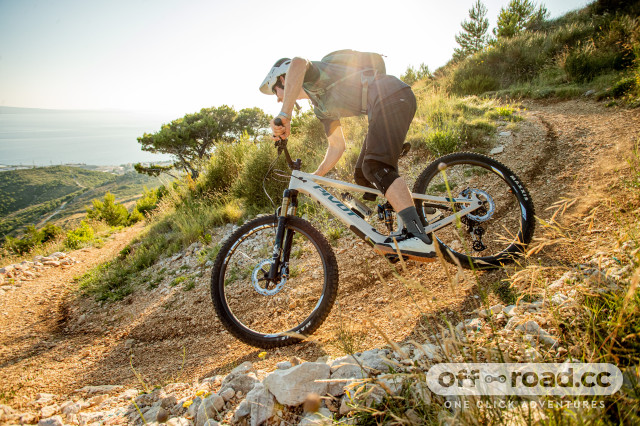

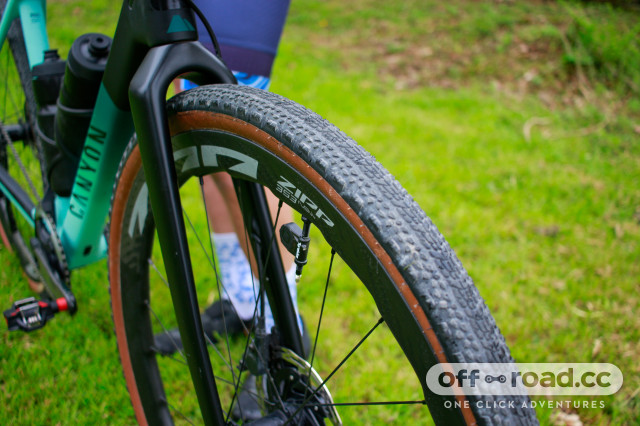
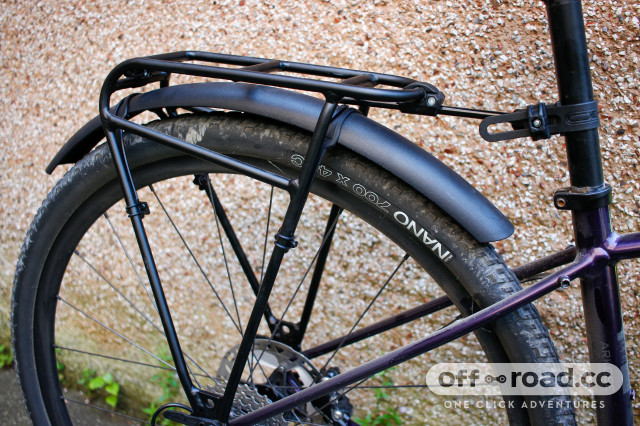
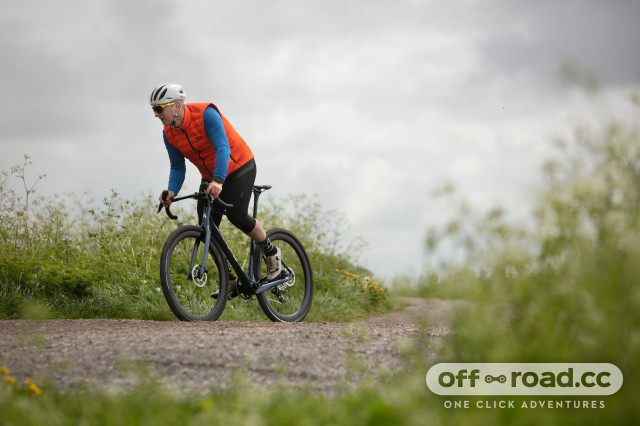
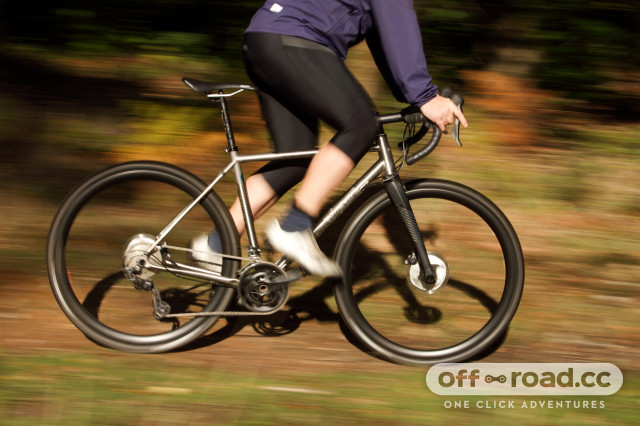

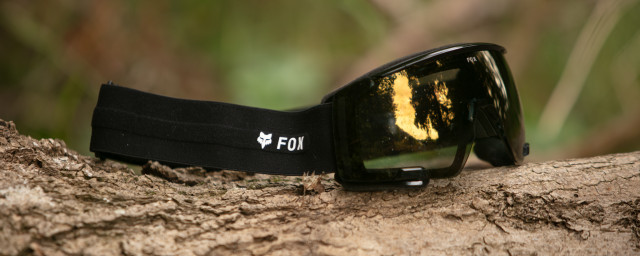
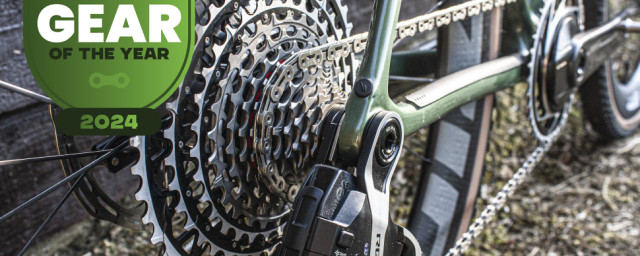


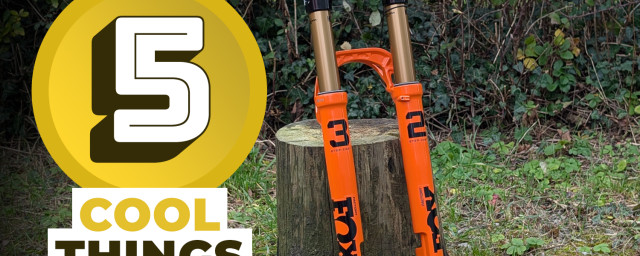
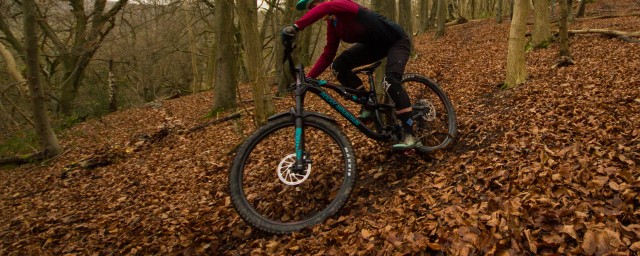

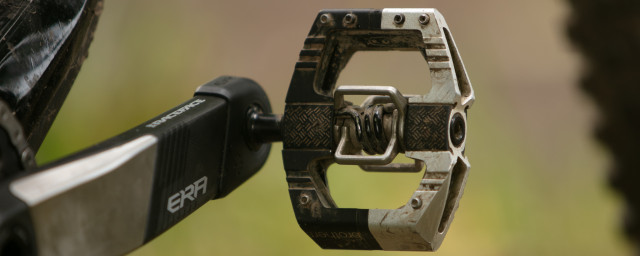
1 comments
Short answer: yes.